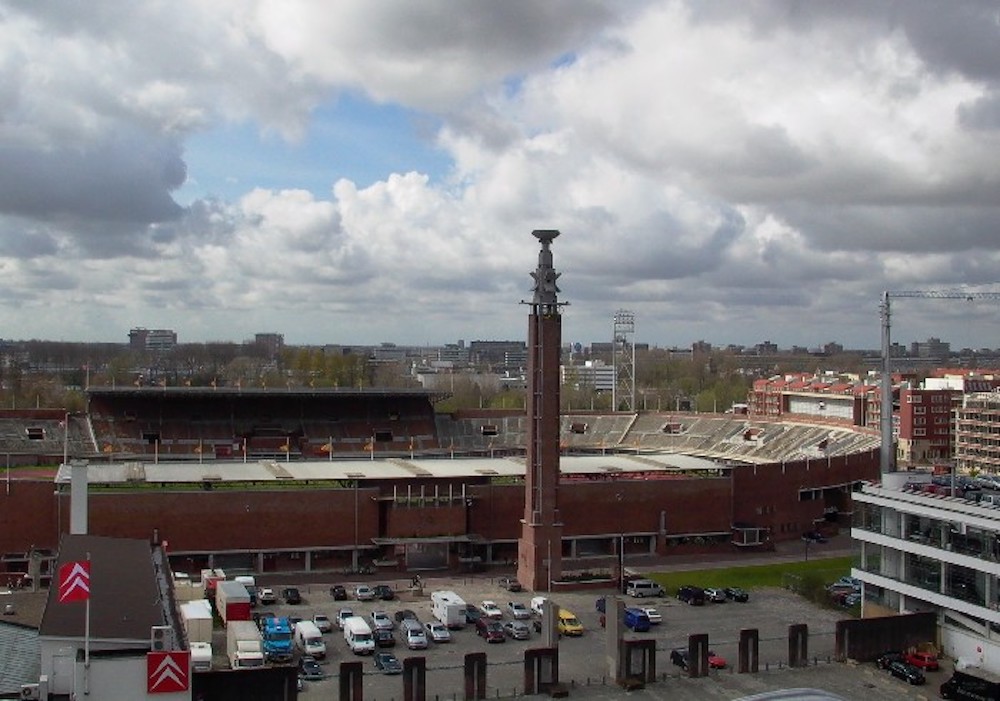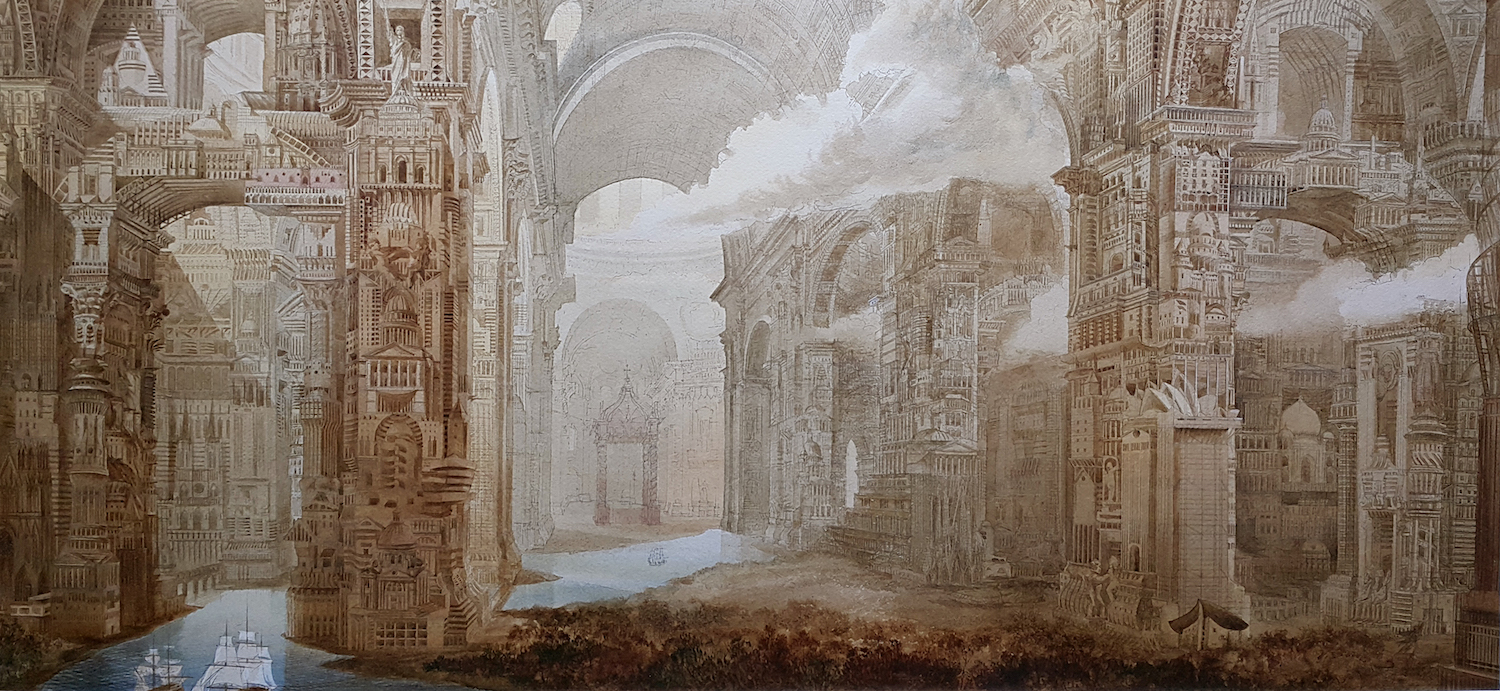
Believe it or not, architecture was once an Olympic sport. International Olympic Committee founder Pierre de Coubertin, a historian with a love for ancient Greece, considered art an essential part of the competition. In 1912, he finally succeeded in his efforts to include art categories in the games, and they enjoyed a long run in the competition before being pulled after the 1948 competition. (Olympic officials eventually defined artists as professionals, who thus shouldn’t compete in events designed for amateurs at the time.)
In 1928, Dutch architect Jan Wils was awarded first place in the architecture category for designing the very stadium that hosted that year’s games in Amsterdam. In addition to architecture, Coubertin believed the Olympic Games should include gold, silver and bronze medals for literature, music, painting and sculpture.

